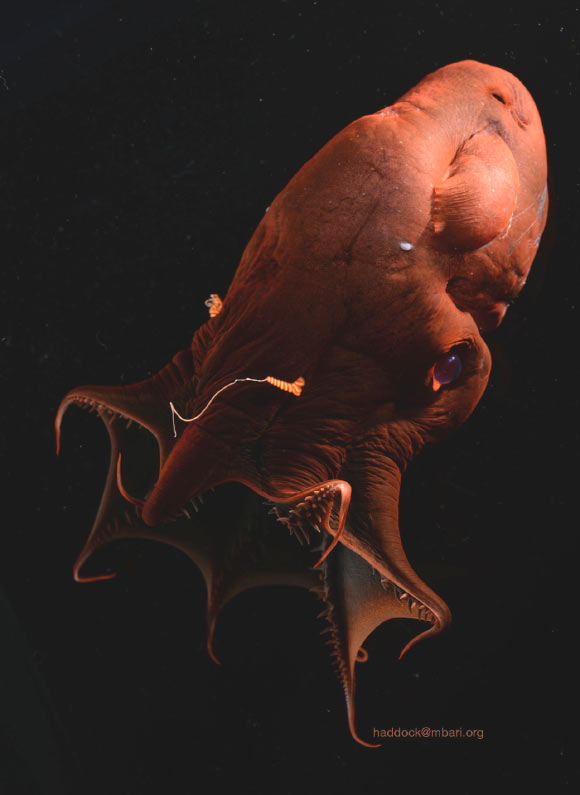Looking for a Black Friday deal for Peacock, the NBC-owned streaming platform that shows the Tour de France in the US? There isn’t one, and there won’t be one, but don’t worry, we’ve found a neat workaround.
Step forward, Walmart+, the…

Looking for a Black Friday deal for Peacock, the NBC-owned streaming platform that shows the Tour de France in the US? There isn’t one, and there won’t be one, but don’t worry, we’ve found a neat workaround.
Step forward, Walmart+, the…

Theo Leggett
Business correspondent
The issue was discovered after a JetBlue aircraft en-route from Mexico to the United States in October experienced a ‘sudden drop in altitude’.
The plane made an emergency landing, with reports at the time suggesting 15 to 20 people suffered minor injuries.
It’s thought the incident was caused by intense solar radiation, which corrupted data in a computer used to help control the aircraft.
Now action is being taken to prevent further problems. About 6,000 aircraft worldwide are thought to be affected, all of them of the A320 family, which also includes the A319 and A321 models.
According to Airbus, the majority can be fixed with a relatively simple software update. However, some 900 older planes will need replacement computers, and will have to be taken out of service until they can be fixed.

Want more savings intel? Start with our guide to the best Black Friday clothing deals, then make moves to GQ’s all-in-one master list of every Cyber Week deal that matters.
Menswear fanatics can always rely on Uniqlo for hard-wearing, affordable…

Blue Skies Space, a space science data company headquartered in London, said its satellite was launched on a Space X Falcon 9 in California at 6.45pm on Friday.
The company said the satellite, which is the size of a microwave and is called…

The Garmin Fenix E is a tough 47mm multisport GPS watch with a clear, bright screen and stainless steel bezel. It tracks fitness with VO2 max, recovery, and stamina, and offers detailed training insights. It features built-in maps, multi-GNSS…

The genome of the vampire squid (Vampyroteuthis sp.) is one of the largest animal genomes, exceeding 10 billion base pairs.
The vampire squid (Vampyroteuthis sp.) is one of the most enigmatic animals of the deep sea. Image credit: Steven…

Hong Kong
—
In just a few short hours on Wednesday afternoon, what began as a small fire on the first floor of an apartment building swelled into a raging inferno that consumed…

Hong Kong
—
In just a few short hours on Wednesday afternoon, what began as a small fire on the first floor of an apartment building swelled into a raging inferno that consumed…